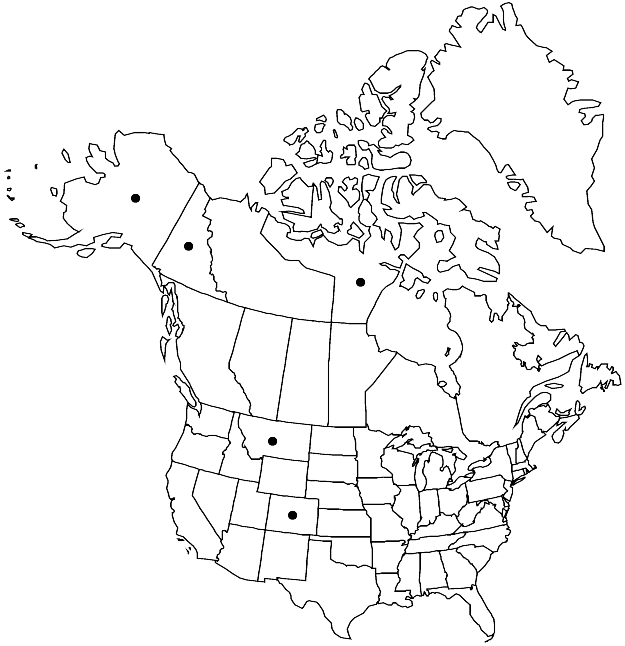Difference between revisions of "Hygrohypnum cochleariifolium"
in H. G. A. Engler and K. Prantl, Nat. Pflanzenfam. 231[I,3]: 1039. 1908.
FNA>Volume Importer |
imported>Volume Importer |
||
| Line 66: | Line 66: | ||
|publication year=1908 | |publication year=1908 | ||
|special status= | |special status= | ||
| − | |source xml=https:// | + | |source xml=https://bibilujan@bitbucket.org/aafc-mbb/fna-data-curation.git/src/bb6b7e3a7de7d3b7888a1ad48c7fd8f5c722d8d6/coarse_grained_fna_xml/V28/V28_427.xml |
|genus=Hygrohypnum | |genus=Hygrohypnum | ||
|species=Hygrohypnum cochleariifolium | |species=Hygrohypnum cochleariifolium | ||
Revision as of 22:45, 27 May 2020
Plants very soft, yellow to yellow-green with conspicuous rusty mottling. Stems to 5 cm, usually shorter, denuded basally, usually unbranched or infrequently and irregularly branched; hyalodermis absent, epidermal cells small, walls thick, similar to subadjacent cortical cells, central strand weak, poorly differentiated. Leaves stiffly and loosely imbricate to erect-spreading, straight, sometimes secund, changing little or shrinking visibly when dry, loosely imbricate or spreading when moist, usually ovate, very broadly ovate, or ovate-elliptic, very deeply concave to cochleariform, (0.5–)0.8–1.2(–1.5) × (0.3–)0.6–1(–1.3) mm; margins recurved in small leaves, usually plane in larger leaves, entire; apex usually obtuse or rounded, rarely acute; costa usually double and short with one arm to mid leaf, sometimes single and short to mid leaf, or ecostate; alar cells few, quadrate, short-rectangular, or irregular, region not clearly defined or undifferentiated; basal laminal cell length variable; medial cells short-fusiform, short linear-flexuose, or rhombic, 26–48(–55) × (4–)5–6(–8) µm; apical cells shorter to more rhombic; marginal cells shorter. Sexual condition unknown; perichaetia unknown. Seta yellowish to reddish, 1.2–1.6 cm. Capsule with endostome cilia 2 or 3.
Habitat: Acidic rock in irrigated streams, on shaded, irrigated cliffs and boulders
Elevation: moderate to high elevations (1300- 3700 m)
Distribution

Nunavut, Yukon, Alaska, Colo., Mont., Europe.
Discussion
Hygrohypnum cochleariifolium is rare in the flora area and documented by eight examined specimens; these specimens come from the far north or as disjunctions south along the Rocky Mountains to Colorado. The species may be recognized by the following character combination: small leaves, usually less than 1 mm; leaf shape varying from ovate to broadly ovate to ovate-elliptic with generally recurved margins; costa usually short and double; and alar cells essentially undifferentiated. Most distinctive is the leaf concavity; no other species in the genus has leaves so deeply concave. The plants grow in loosely woven, easily fragmenting, often silt-clogged patches or small, tightly woven patches; the leaves may be crowded or very distant, with regularly cucullate apices.
Selected References
None.